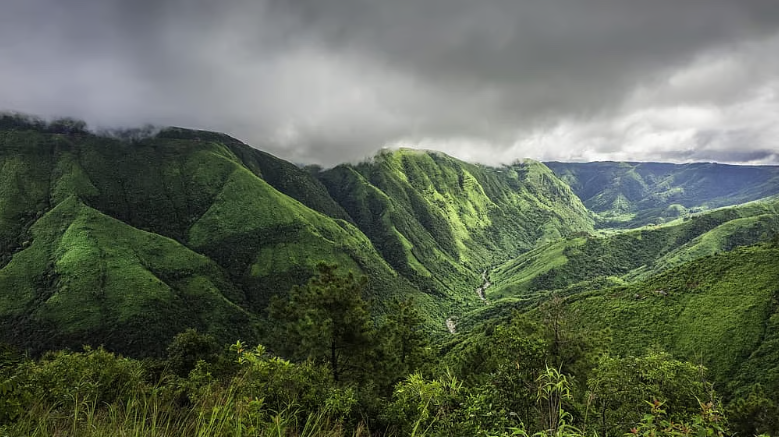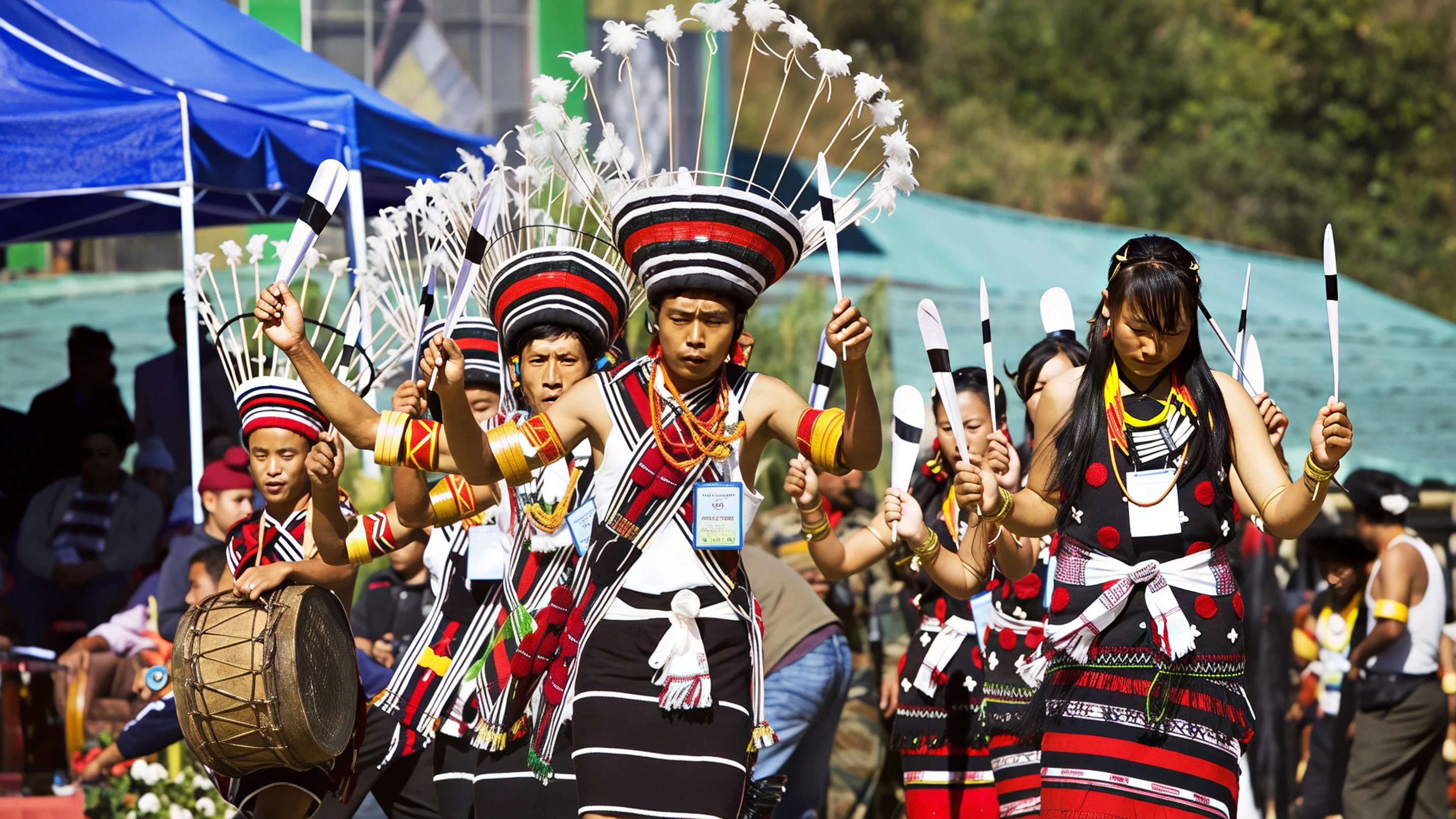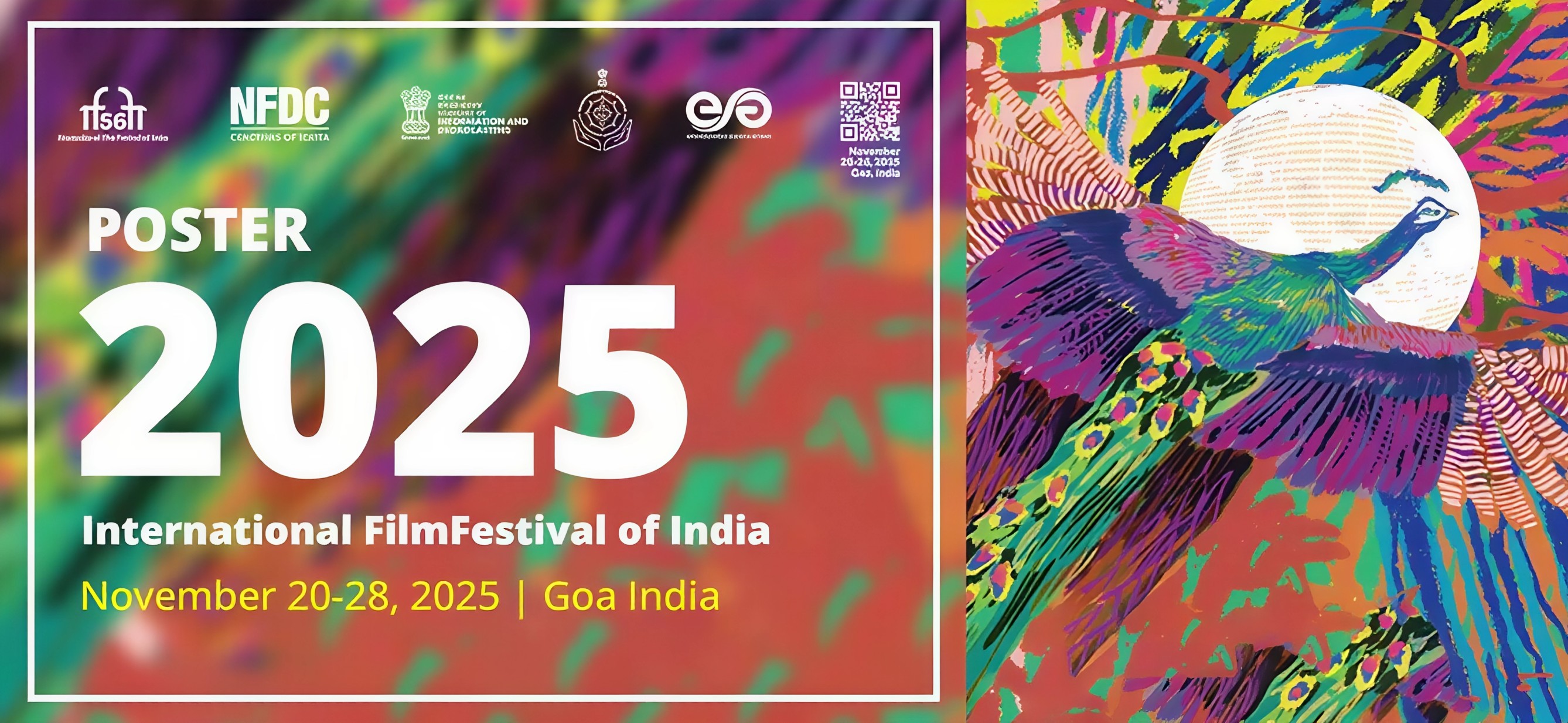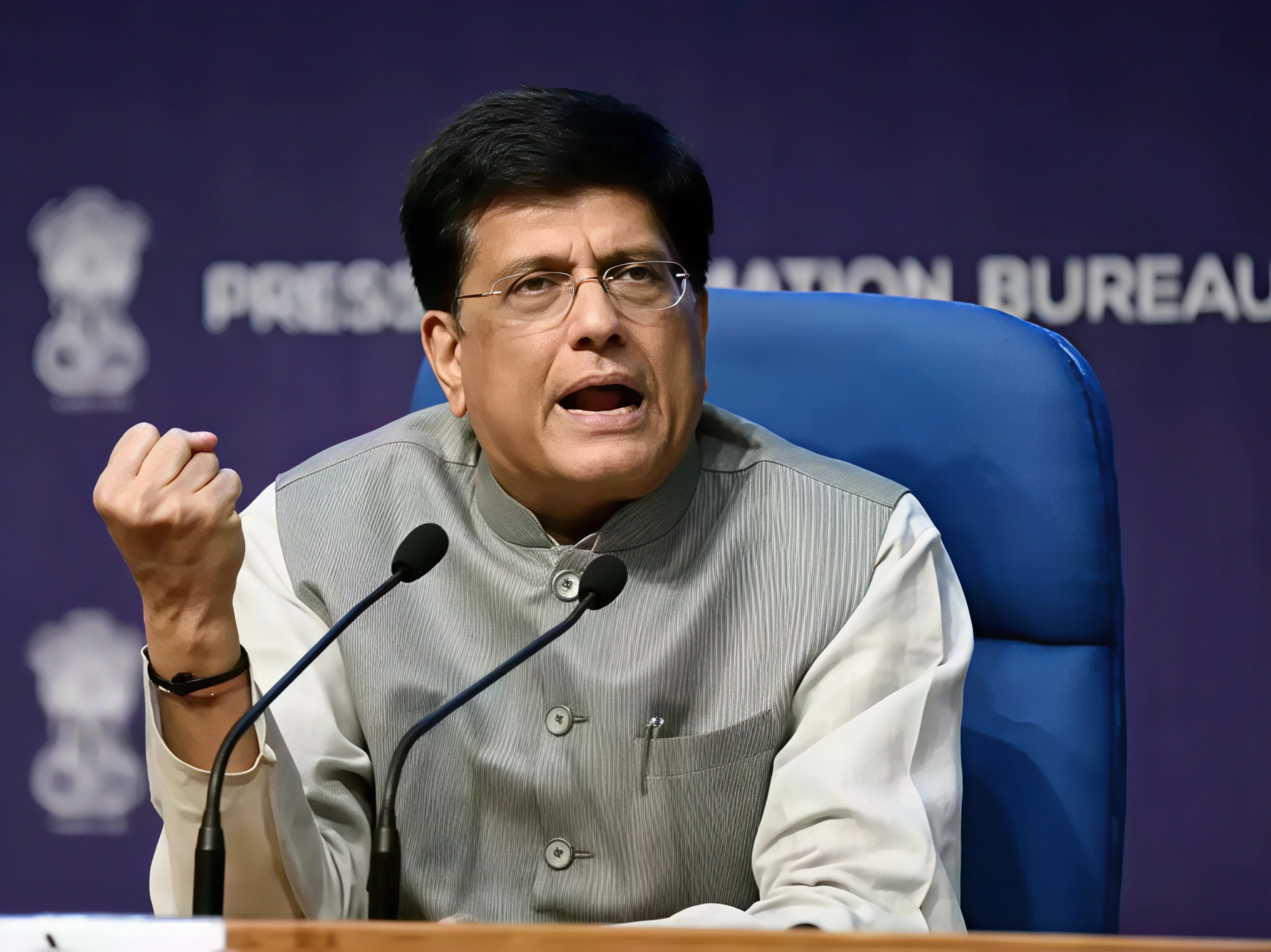Mawsynram in Meghalaya is not just known for its record-breaking rainfall. It is now on the map for something equally historic. Meghalaya is all set to become home to the world’s first Rain Museum. Designed to honour rain’s role in shaping local life, this museum will explore everything from cultural practices to climate science, blending traditional wisdom with modern technology in one of the most rainfall-rich regions of the world.

Backed by a budget of around INR 35 crore, the project will soon begin construction after the current monsoon season. Located in the heart of Mawsynram, often recognised as the wettest place on Earth, the Rain Museum aims to be both a cultural centre and an educational experience. Visitors will walk through rain simulation rooms, interact with climate exhibits, explore meteorological data, and understand how deeply rain is woven into the rhythms of this region’s life.
But this is not just another tourist attraction. It is a celebration of how communities in Meghalaya live with and revere rain. In Khasi folklore, rain is a sacred gift from the skies. Stories of women praying atop Shillong Peak to end droughts or the first thunder marking the separation of heaven and earth speak of a spiritual relationship that goes beyond science. For the Garo people, monsoon rains symbolise fertility and grace, and their post-harvest festival Wangala is a joyous tribute to nature’s generosity. Even the Jaintia community honours the rains with Behdienkhlam, a powerful festival rooted in protection, agriculture, and collective healing.

The museum will also house a dedicated research facility in collaboration with institutions like ISRO and the India Meteorological Department. This section will dive into the realities of climate change, showing how rainfall is both a blessing and a challenge. From floods to water shortages, Meghalaya’s own experiences reveal how vulnerable even the wettest places are when global climate patterns shift. The museum’s goal is not just to inform, but to create awareness about the urgent need for sustainability.
Another unique element of the museum is the celebration of language and local knowledge. The Khasi language alone contains dozens of words to describe rain. Slap-boi-ksi refers to a gentle sprinkle, while slap-bah means a prolonged heavy downpour. These distinctions may seem small, but they reflect how closely people observe and respect their natural surroundings. Such vocabulary will be highlighted in exhibits to showcase how language itself becomes a form of environmental memory.
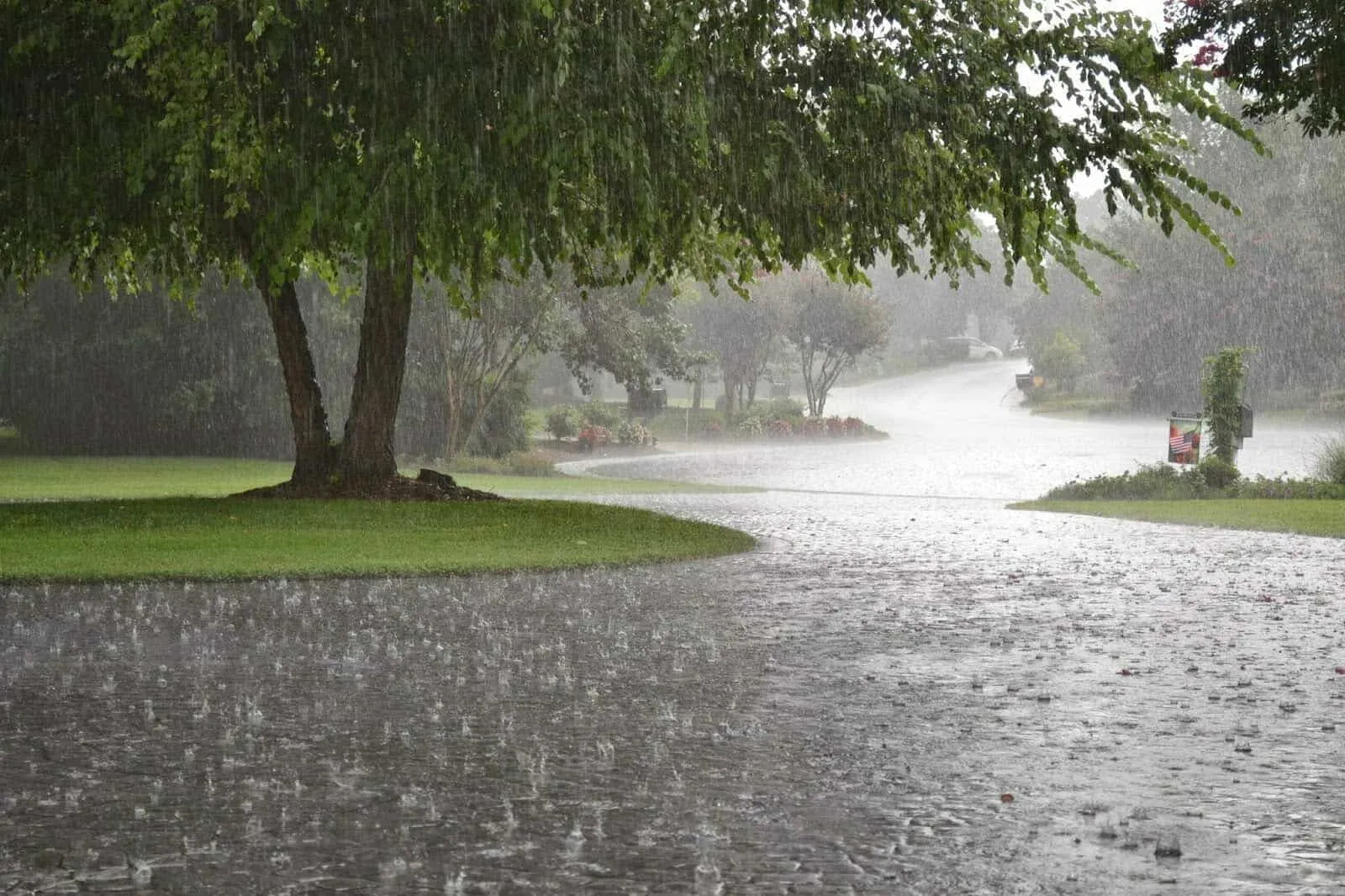
The Rain Museum is also expected to boost tourism and awareness about Meghalaya’s incredible ecology. It will offer a space for storytelling, art, and immersive experiences that connect nature and culture. Visitors will not only witness the grandeur of rainfall but also the quiet ways in which it nourishes land, livelihoods, and belief systems. As rain-fed rivers and forests support agriculture and drinking water, their conservation becomes essential. The museum serves as a reminder that our survival is not separate from nature but deeply connected to its patterns.
What makes this project even more important is its timing. As unpredictable weather becomes a global concern, regions like Meghalaya that once had stable monsoons are now facing longer dry spells and extreme rainfall. Through the museum, Meghalaya is inviting the world to rethink its relationship with rainnot just as a resource, but as a living part of culture, memory, and identity.
By creating the first Rain Museum, Meghalaya is doing more than building a space. It is preserving a legacy, sparking global conversations, and turning one of nature’s simplest phenomena into a powerful symbol of resilience and reverence.
For more travel stories, cultural gems, and hidden destinations like this, follow Travel Moves on Instagram and Facebook.

